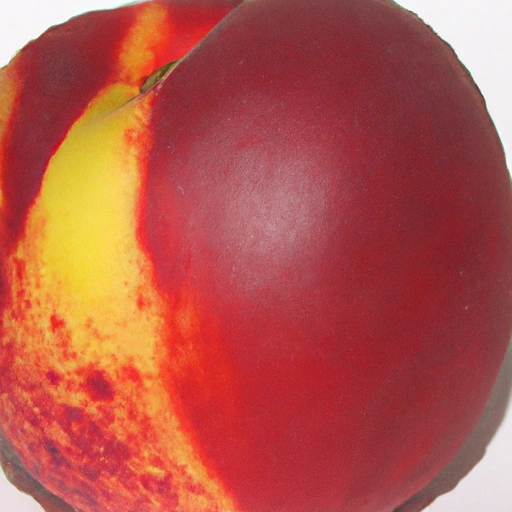Nectarine
Description

The nectarine is a delightful stone fruit that is closely related to the peach. It features a smooth, shiny skin that distinguishes it from its fuzzier counterpart, the peach. Nectarines are typically smaller and firmer with a more pronounced flavor. They are enjoyed around the world for their juicy, sweet-tart taste and are used in a variety of culinary applications. When measuring nectarines for recipes, they can be quantified in cups (American), grams (European), or ounces (Azjan).
Common uses
Nectarines are commonly enjoyed fresh as a handheld snack, but they are also a popular ingredient in salads, desserts, and even savory dishes. Their versatility in the kitchen makes them a favorite among chefs and home cooks alike.
Nutritional value
Calories
A medium-sized nectarine (about 150 grams or 5.3 ounces) contains approximately 60 calories.
Protein
This fruit contains about 1.5 grams (or approximately 0.05 ounces) of protein per medium nectarine.
Fat
Nectarines are low in fat, providing less than 0.5 grams (or 0.017 ounces) per serving.
Carbohydrates
Carbohydrates in a medium nectarine are around 15 grams (or 0.53 ounces), mainly from natural sugars and dietary fiber.
Vitamins
Nectarines are a good source of Vitamin C and also provide Vitamin A, Vitamin E, and several B vitamins.
Minerals
They offer minerals such as potassium, phosphorus, magnesium, and a small amount of calcium.
Health benefits
Nectarines are known for their antioxidant properties and contribute to overall health by promoting good skin, aiding digestion, and potentially reducing the risk of many chronic diseases.
Potential risks
While nectarines are safe for most people, they do contain natural sugars and should be consumed in moderation, especially by individuals managing their blood sugar levels. Additionally, as with any fruit, there's a risk of pesticide residue, so washing them thoroughly or purchasing organic varieties is advisable.
Common recipes
Nectarines can be found in a range of recipes, from classic nectarine pies and tarts to innovative salsas and chutneys.
Cooking methods
They can be eaten raw, grilled, roasted, poached, or baked, offering various textures and flavors depending on the preparation.
Pairing with other ingredients
Nectarines pair beautifully with other fruits, herbs like basil and mint, spices such as cinnamon and nutmeg, and proteins like pork and chicken.
Summary
Nectarines are a versatile and nutritious stone fruit enjoyed worldwide. They can be used in a multitude of culinary preparations and offer numerous health benefits. With their rich historical background and various applications in dishes across cultures, nectarines are a valuable ingredient to cooks everywhere.